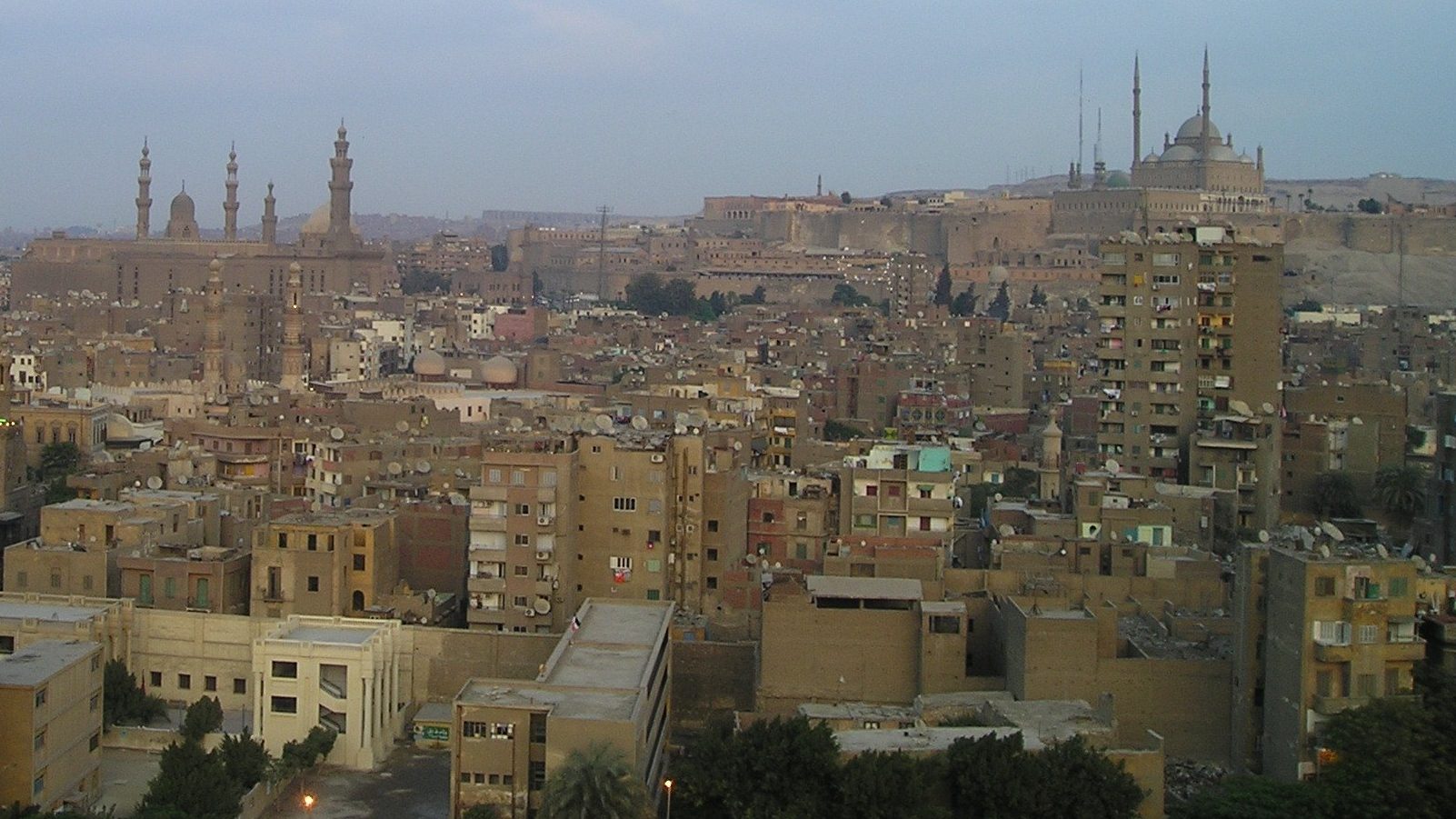Amid the upcoming fuel subsidies cuts and the anticipated GDP growth of 5.4 percent in 2019, based on Oxford Economics forecasts, consumer purchasing power remains low in the real estate market. However, a recent report by investment management company Jones Lang LaSalle (JLL) points out that the sector is resilient to market pressures and could rapidly adapt to new state regulations and demand. The sector constituted 16.4 percent of the GDP in fiscal year 2017/2018.
The report anticipates fresh opportunities rising on the horizons for developers in the market especially in affordable housing, healthcare, education and office spaces, according to JLL.
Egypt hosts about 12.5 million unoccupied housing units as of 2017, making up 29 percent of total homes in the country, according to a report published by Al-Ahram Centre for Political and Strategic Studies in March.
The ghosted units resulted from a continuous trend that took its debut in the 1950s, according to the report, where illegal construction rapidly spread across agricultural lands while rural-to-urban migration became popular. Recently, the government has been exerting efforts to reclaim those lands in aims to curb the spread of illegal settlements.
The government and the private sector: Where should affordable housing come from?
Informal settlements make up around 40 percent of all urban development in Egypt, according to the Al-Ahram report, while over 20 percent of public spending has been targeted at new residential, gated communities that are inhabited by less than 2 percent of the population.
Current real estate trends are centered on gated communities and luxury housing with little focus on industrial or agricultural development, according to the report; thus, hindering social development and access to affordable homes to the majority of Egyptians.
Although the government has launched its social housing program in 2016, vowing to build over 500,000 social housing units across the country to accommodate the housing gap, the Al-Ahram report points out that the government could only resolve the problematic roots of informal settlements by addressing income inequality, a potential real estate bubble and redirecting private investments to affordable housing instead of high-end developments.
“Demand is higher in middle income homes; thus, developers need to consider the aspect of affordability when building new projects,” JLL country head Ayman Sami tells Business Forward.
He further clarifies that affordable housing is not appealing for private developers to pursue due high development costs, yielding poor revenues to cover costs of more projects.
“The private sector would be able to cover 50,000 units of the government’s annual plan to build 500,000 social housing units,” CEO of real estate development consultancy MENA Group Fathallah Fawzy tells Business Forward.
He adds that the government needs to work on a better business model with developers to encourage private sector participation in this housing category. “If the government wants to build 60-square meter houses at affordable rates, it needs to provide lands to developers at reasonable prices.”
Allowing the market’s supply and demand to determine the selling price of units is one successful business model, giving capacity for possible affordable land prices, Fawzy adds.
Exporting real estate as a new trend
Minister of Housing and Urban Communities Assem Al Gazzar said in February that the ministry is working on exporting real estate projects by providing residential permits to foreign buyers as incentives.
Egypt started marketing its real estate abroad this year, according to Fawzy, highlighting that the country’s cheap real estate prices – which can reach a high of $1,500 per square meter – are a competitive advantage compared to regional prices ranging between $4,000 and $5,000.
“Exporting real estate requires strategy, statistics, data analysis and a competitive advantage sold to the right market segment,” Sami says, adding that the GCC countries are among the top buyers in Egypt with interests targeted at Ain Sokhna and Red Sea properties.
“European investors make up the second top buyers in Egypt with keen interest in the Red Sea region,” Fawzy adds.
Despite the optimistic turnout the real estate export scheme may witness, a poor registration process when buying real estate will rarely attract foreign buyers, he warns.
Challenges and opportunities of new trends
With construction costs increasing by around 80 percent, spending power was impacted by high land prices and market pressures, according to Sami, which triggered developers to offer feasible payment plans to avoid profit loss or shutdown.
“To curb these challenges, a new trend emerged involving reducing the size of units to appeal to the substantial market demand for middle income housing due to lack of sales,” he elaborates.
Despite the lack of affordability in the real estate sector, urban development projects remain in high demand as per Egypt’s Vision 2030, with trends towards attracting an international clientle as means of securing foreign direct investments (FDI).









